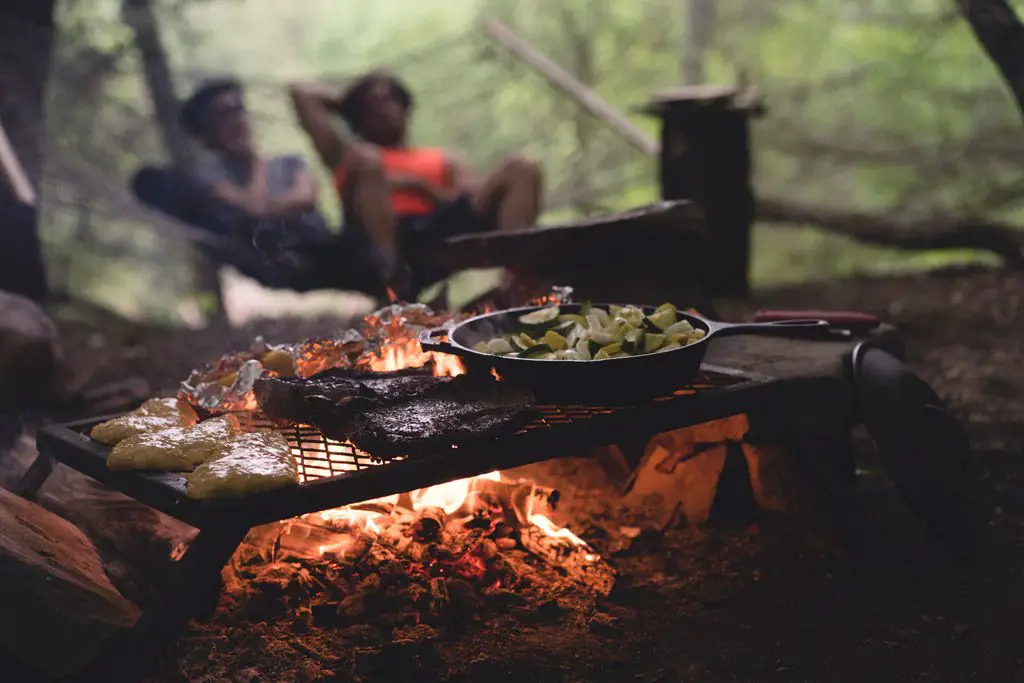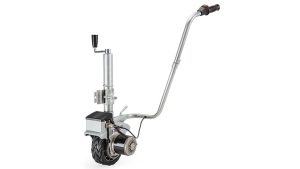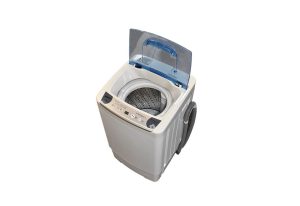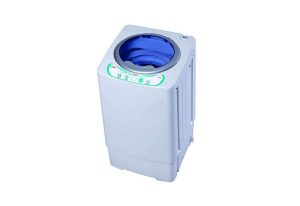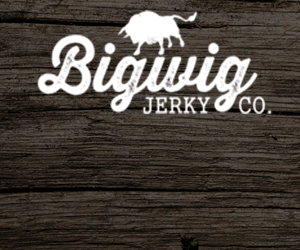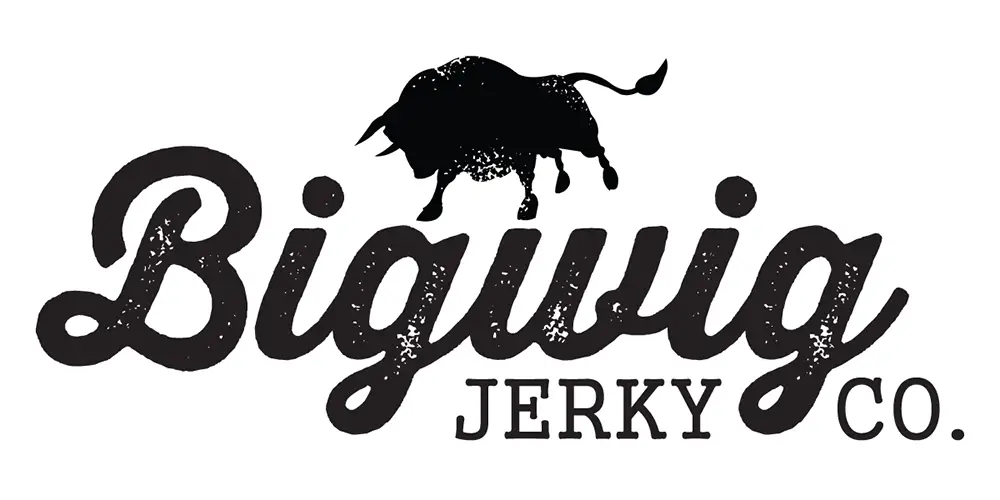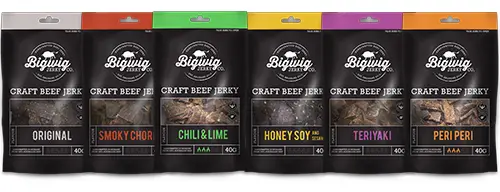If you’ve only just started camping, figuring out what food to take with can be tough. Learning what makes good camping food is a trial-and-error process. That is unless you have a cheat sheet. In this post, we’ll go through what foods are going to work the best.
We’ve included a variety because you’re not always going to have a campfire at hand. The good news is that that a small camping stove is going to meet all your needs. We’d recommend looking for a jaffle iron or sandwich toaster; it can cook a ton of quick snacks.
What to Take
First Things First
How many full days will you be there for? Every full day will require breakfast, lunch, supper, and snacks for each person. Also, consider what time you’ll arrive and what time you’ll leave. Will you need dinner the first night and breakfast the morning that you leave?
When choosing what’s going to go with you, consider two things:
- How you’re going to store and carry it: If you’re going to be hiking with everything stored in your best hiking backpack, you’ll want as little weight as possible. And if it’s summer, how will you keep perishable items fresh? Especially when camping at remote places such as Fraser Island where you are limited to purchasing ice
- How you’re going to cook it: There’s nothing stopping you from taking a turkey and all the trimmings…except that you’ll have a hard time cooking it. Work with foods that can be prepared using basic utensils and a camp stove. If you have 12 volt power, you can consider taking devices such as a camping microwave to heat your food.
Think of Double-duty Foods
Add some nuts and seeds to your basic cereal, and you have a trail mix or breakfast. A whole, spatchcock chicken makes a nice dinner; the leftovers can be used to make sandwiches the next day.
Carrots can make a crunchy snack during the day and be chopped into a stew at night; with a little imagination, you can create a feast with hardly any ingredients.
Read on for some other packable food ideas.
Food That Needs Refrigeration
These foods need to be kept in a cooler to prevent the growth of bacteria. If possible the use of a camping fridge is highly recommended when away for long trips.
- Any meats, like burgers, steak, hot dogs, fish, or chops.
- Processed meats, like ham.
- Cheese of any type.
- Butter, mayo, salad dressing, dips.
- Eggs might also do better here as the cooler protects them from bumps as well.
Fresh Foods to Consider
- Rolls, muffins, bread – we recommend pre-slicing them where possible.
- Fruits
- Veggies—we usually stick to those that can be eaten raw.
Take Something to Drink
Here the field is wide open. Be sure to bring a lot of water to drink—especially if you won’t have a source of fresh water along the way. You can also bring along sodas, coffee, and alcoholic beverages—although you should always err on the side of caution with the latter two, as they are dehydrating.
Raid Your Pantry
- Pasta and rice are easy to prepare when camping and make a simple alternative to bread or potatoes.
- Don’t forget sugar for the coffee.
- Seasoning! We use a special camping “spice.” It’s a mixture of salt, garlic salt, and pepper.
- Condiments like ketchup and mustard. We’re not keen on single-use plastics, but the sauce packets from restaurants come in handy when you’re camping.
- Cereal—we always pack some granola or muesli; they double as snacks.
- Cooking spray is another staple. It saves the trouble of lugging around a bottle of cooking oil.
- Canned goods, like baked beans, and tuna, are a convenient extra. The cans can be heavy, so pack only what you need.
- Premade pasta sauce makes dinners simpler.
- Wraps can be great finger food.
- Crackers are good snacks.

